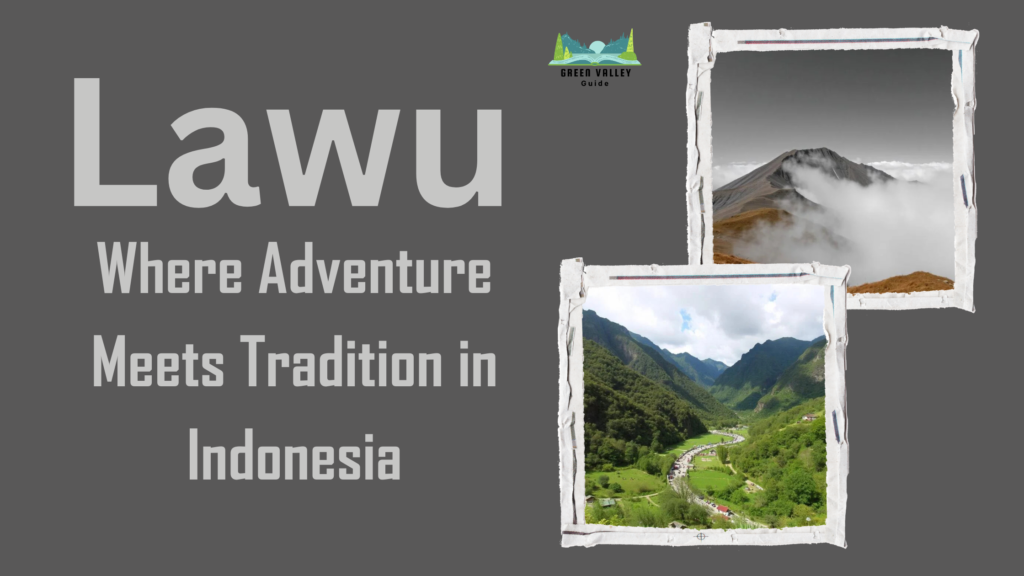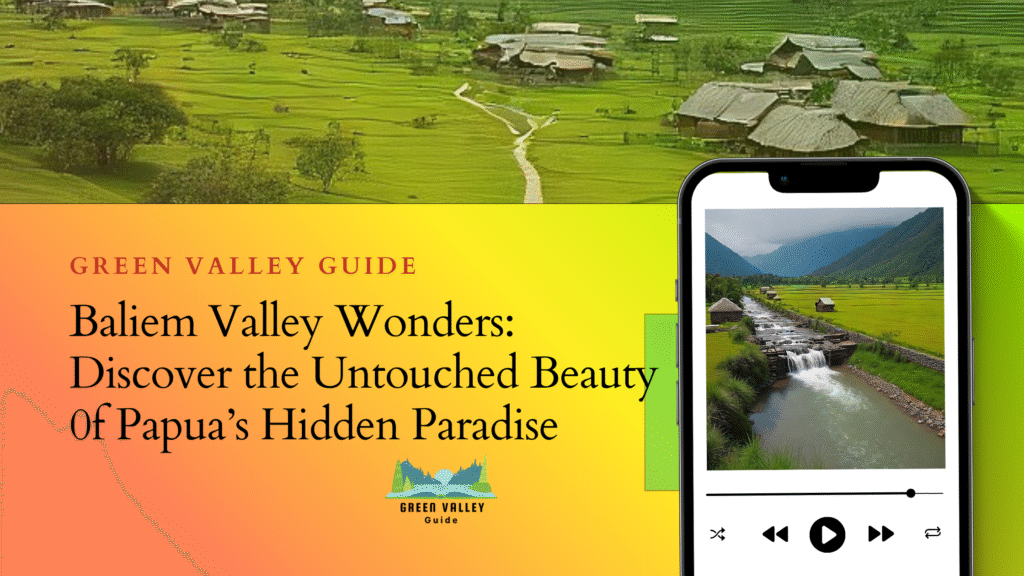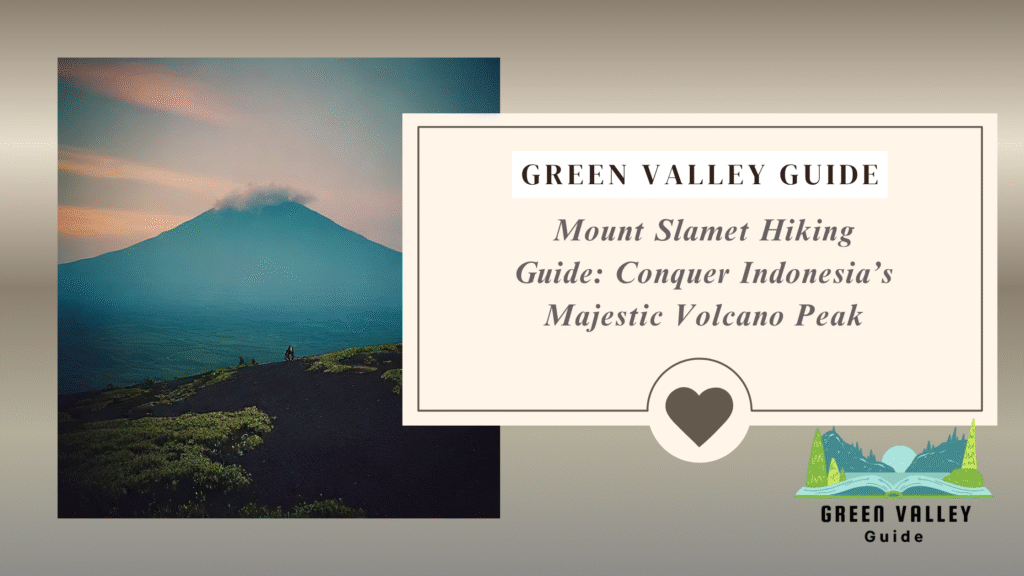Lawu: Where Adventure Meets Tradition in Indonesia
Introduction: Why Lawu Is More Than Just a Mountain
With an altitude of 3,265 meters above sea level, Mount Lawu is not only one of the most breathtaking mountains in Java, but it is also a signpost of the cultural and spiritual path of Indonesia. Its location on the borders of Central and East Java attracts a selective category of adventurers, history enthusiasts, and spiritualists. The Lawu is an adventure that is rich in tradition, culture and nature all together, whether you are after the pleasure of catching the first rays of the morning sun, a hazy summit or as you follow the trail of ancient kings of Java, you will find yourself in a miracle adventure that is bound to be a once in a lifetime experience.
A combination of mystical legends and panoramic hiking routes, Lawu is a place where two worlds meet: the physical world and the spiritual one. This is not merely a mountain, it is a living shrine of what the locals believe, do, and what they tell through generations. When you want to have a traveling experience that excites the body and soul, you need to know that Lawu is a touch of the gods in Indonesia, where natural adventure intermarries with strong cultural and spiritual customs.
Where Is Mount Lawu? How to Get There Easily
The mountain of Mount Lawu also stands beautifully between Central Java and East Java connecting the two regions as a natural and cultural bridge connecting two major regions in Java. Being considered a family excursion but also a religious place with various geological wonders, it is located close to a few flourishing towns, making it a convenient escape but a spiritual one too.
Solo (Surakarta) (a seat of Javanese culture) is the nearest big town, being approximately 1.5 hours by car. In Solo, you are also able to go to the lovely highland town of Tawangmangu, which is the most frequent hiking base. On the East Java side, another entrance point is the town of Magetan, particularly those who come through Cemoro Sewu.
Travelling to Mount Lawu is easy. You may take:
- Solo to Tawangmangu public buses,
- More flexibility in their own motorbike or cars,
- Or take up local tour guides who conduct guided hikes or culture day-trips.
It is not advisable to go during the wet season because the trails are dangerous and the sky is cloudy, which is the worst time to go hiking, and also to attend the local ceremonies, such as the Labuhan ritual at the temple, which is the best time.
Hiking Lawu: Trails, Views, and Mystical Landscapes
Climbing Lawu is not only a pleasant scenery hike, but it is also a spiritual initiation that is entailed with folklore, isolation, and an enchanting landscape. Having two main tracks, each with a unique taste, Lawu receives experienced trekkers and conscious walkers.
The most popular trails are:
- Cemoro Sewu (East Java) -This route is thought to be shorter and steeper, and it is the popular route to climb faster by experienced hikers.
- Cemoro Kandang (Central Java) -More gradual and longer, this path is the one to take in case anyone is willing to enjoy the view and the spiritual atmosphere.
The two trails run to the Hargo Dumilah peak, which gives the trekkers well worthwhile sights of a beautiful sunrise, carpets of clouds, and a chilling silence that some claim is alien to mortals. There, you will see sacred markers, meditation huts, and even volcanic craters, and that is a warning that it is not a mere mountain; it is a living temple.
What to Expect:
- Duration Trail: 5-8 hours one way, depending on fitness and weather.
- Complexity: Considerable to hard– adequate preparation is needed.
- Best parts: prayer positions, warung (local food stalls) at base camps, and mystical pine forests covered with mists.
Packing Tips for Lawu:
- Adjustable clothes against changing temperatures.
- A rainy season waterproof jacket.
- Pre-dawn headlamp.
- Tributes in case of performing rituals or getting within the spiritual zones.
Sacred Ground: The Spiritual Significance of Lawu
This is not only a natural wonder, but Mount Lawu is also full of mystical power and ancient legends. It has been seen as a portal to the physical and spiritual environment, a mountain of contemplation, pilgrimage, and wise Javanese teachings, throughout the centuries.
The Legend of King Brawijaya
The legend which remains to be the most indelible with regard to Lawu is that of the last ruler of the Majapahit Empire- King Brawijaya V. Legend had it that after voluntarily giving up his throne and refusing to convert to the Islamic faith, he went in search of solitude and found it atop the slopes of Lawu, and joined into moksha (spiritual liberation) with the mountain. It is thought that his spirit keeps an eye on the trails and temples, communication still being done with pilgrims and seekers.
Sacred Sites and Spiritual Practices
Remains of the past faiths can be found along the routes and around:
- Hargo Dalem and Hargo Dumilah: Holy mountains where the pilgrims meditate frequently or make offerings.
- Goa Tiling and Sendang Drajat: Mystical resting places of the ascetics and spiritual hermits.
- There were Temples and shrines set out beside the way, and many of them were hung with incense and flowers, and with figurative statues.
These places are the hotspots of the Javanese kejawen rites in which the locals combine animism, Hinduism, and ancestral worship. Meditators and religious experts tend to scramble up Lawu at dawn because the contemplation of the mountain is most powerful in the silent and dark nights.
Cultural Wonders Around Lawu You Shouldn’t Miss
The foothills of Mr. Lawu are not only spiritually active but also culturally active. Temples are mysterious, rituals are well-kept, the surrounding of Lawu takes you deeply immersed in pre-Islamic Indonesia, Indonesia, where Javanese culture is still alive and vibrating.
Cetho and Sukuh Temples: Relics of a Forgotten Era
These two temples are architectural miracles, not too far away in Tawangmangu, out of Yogyakarta:
- Cetho Temple: This is found at an altitude of 1,495 meters, and it is normally engulfed by the fog that makes it more mystic. Their religious views can be traced way back, as seen in the terraces with the stairs and the symbols of fertility.
- Sukuh Temple: This temple is also called the Mayan Temple of Indonesia, and it is a pyramid-shaped temple that has clear tantric images which make reference to the creation and rebirth.
The temples provide a notion of the final manifestations of the spirit of the kingdom of Majapahit that assimilated local animistic beliefs with Indian images.
Rituals, Offerings, and Festivals
Other rituals performed by the people in the mountain are the annual rituals like Labuhan, where the people of the area can pay an offering to their ancestral spirits and deities of the mountain. Wayang (shadow puppetry) is also a local tradition, and gamelan playing and local dances can be observed in the villages.
A Taste of the Highlands
After you have completed your temple journey or hiking, treat yourself to the delicacy:
- Sate Kelinci (Rabbit Satay) is a hot protein protein-rich snack commonly just off the oven in the trailheads.
- Wedang Ronde is a sweet, warm drink with ginger and a ball of glutinous rice, a drink which tastes good on the cool mountain air.
Local Life: Meet the Communities of Mount Lawu
The beauty of Mount Lawu lies not only in the top of the mountain but the temples that are located at the upper highlands, nor is it limited to its inhabitants, but felt in the hearts of its residents. The feeder towns of the mountain, e.g., Tawangmangu, Karanganya, and Maget, are not only gateways to the mountain and source region, but also real-life museums of the Javanese culture of hospitality, visitors, and sustainable lifestyle.
Life in the Highlands
Life of human beings in Tawangmangu revolves around farming, foreigners, and traditions. Terraced farms and quiet life, the cool air of the mountainous atmosphere is the key to living a life slower and in a more connected way. The inhabitants in the region also love to tell folklore stories initiated by the previous generation-the stories of ghosts, rituals, and the power of Lawu that continue up until now.
Guardians of Culture and Nature
Locals view the mountain as sacred, and they revere it a lot. Spiritual and ecological misperception of the area contains rituals like Labuhan, clean-up community days. The residents perceive Lawu as a living guard, and this has to be taken care of instead of just visiting the place.
Homestays and Hospitality
Tourists are able to spend a day in the lives of Javanese people by living in local homestays. They will open their arms wide, give you home-cooked food, and well, in fact, even their room can be invited to watch a family prayer or small town ritual. A better part of the neighborhood guides is extremely familiar with the hiking paths as well as with the culture that the sites exhibit.
Sustainability in Practice
The tourism of this area is showing a positive trend, and the people here are concerned with green travel. It is preserving Lawu by keeping the place clean by reducing garbage/waste, cleaning the tracks, and promoting local products. By shopping and hunting with a good conscience with locals, the person is making sure of the environment and the conventional culture around them.
Tips for a Safe and Memorable Visit to Lawu
Whichever journey you plan to explore Mount Lawu in, the idea is that you need to be conscious, plan, and consider the trip with seriousness and reverence. The following is how you can make the trip fulfilling and safe.
Check the Weather
The climate of Lawu is very unpredictable, as even sunny mornings can transform into foggy or rainy ones during the afternoon. The period between May and September is the best time to visit since there are drier trails and clear skies. Preferably, a time of year that is devoid of the monsoon season, because the path can be slippery and hazardous during that time.
Hire Local Guides
In order to have the best experience–and to remain secure–a locally based guide is advisable. They are able to provide cultural insight and follow the paths with no problems, as well as guide you around places that are blocked or even a sacred section of land. Others are also used as guides who give narrations on legends and the spiritual value of major landmarks.
What to Pack
For those hiking to the summit, bring:
- Warm clothing of a few layers (it is going to become cold above 2,000 meters altitude)
- Pre-dawn headlamp A headlamp A headlamp
- Grippy hiking shoes
- Rain gear as an insurance measure
- Presentations, in case of attendance at rituals
When travelling around the temples and villages, it is important to wear modest clothes and act with respect.
Practice Responsible Tourism
Lawu is a holy mountain, and those visiting must behave in a certain way. Adhere to Leave No Trace principles: take your litter with you; do not engage in activities that cause high noise, and do not touch any offerings or ritual places. Consider yourself a mindful visitor both in nature and in the cultural field that you are visiting.
Conclusion: Lawu Is a Journey Through Nature, Spirit, and Culture
Mount Lawu is not merely a beautiful mountain; it happens to be a very symbolic place where the natural beauty of Indonesia and the cultural heritage meet. Once you have come to Lawu, you can be sure you take a step (or a hundred) back in time in order to walk by the misty trails, visit the old temples, share a warm meal with locals, and just really sit back and relax (or connect).
Whether in the spiritual mist of the currently distant King Brawijaya or the silent energies of neighboring communities, Lawu makes the visitor feel an impact. For adventurers wanting to get more than just a mountain, Lawu has its treasures in being the unusual combination of adventure, immersion, and custom.
Frequently Asked Questions About Lawu
1. Is it necessary to have a guide to climbMount Lawuu?
Experienced hikers can travel without a guide, but a local guide is strongly advised. Not only do guides make it safe and find their way along the path, but they also give a reflection on the cultural and spiritual attractions along the way.
2. Do they charge any entry fee or permit?
Yes. At the Cemoro Sewu and Cemoro Kandang trailheads, there is usually an entry ticket. Maintenance and conservation may require an additional fee during high seasons or holidays.
3. Is it possible to visit Mount Lawu without trekking?
Absolutely. Some of the tourists visit to sightsee the culture with Cetho, Sukuh Temples, take the local food, and scenic driving that takes place in the Tawangmangu. This renders Lawu suitable for hikers and culture-savvy travellers.





